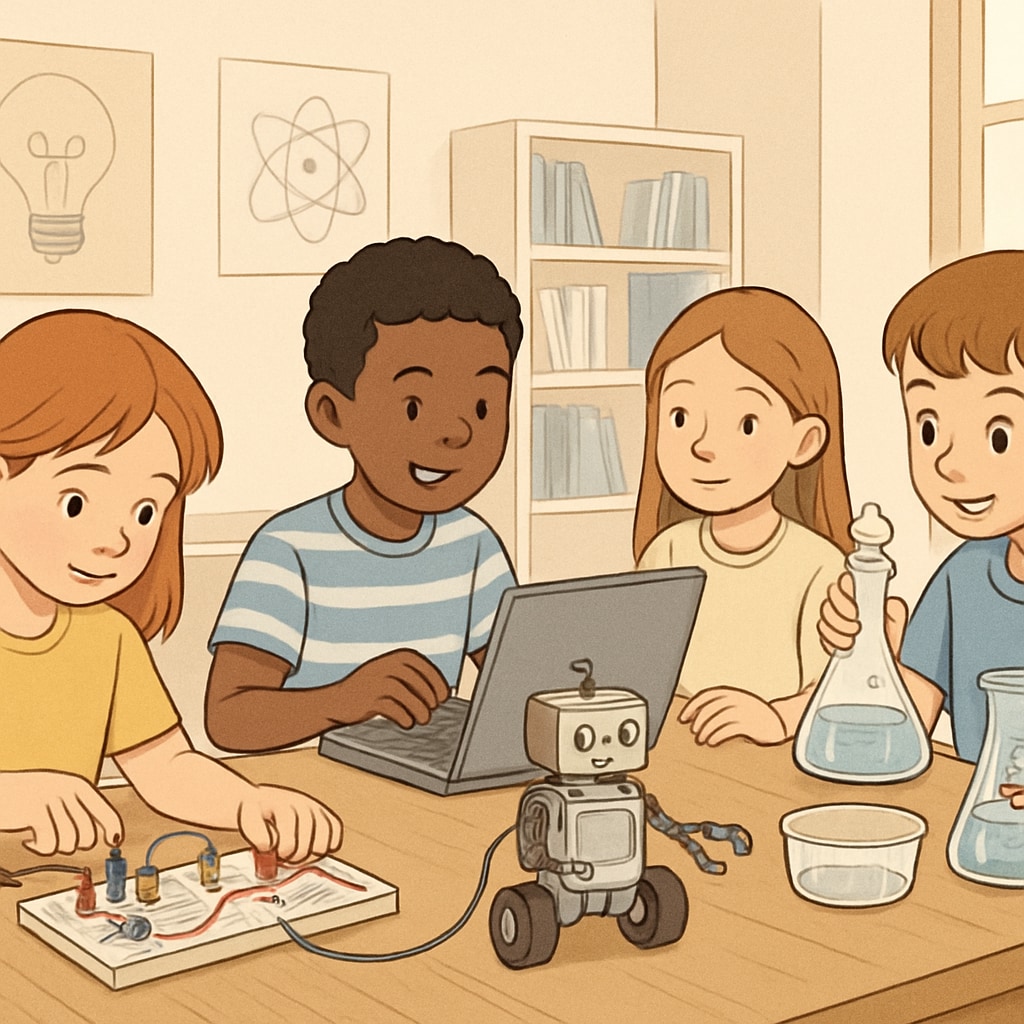When it comes to early education, creativity nurture, and alternative methods, finding the right approach for a hands-on, creative 4-year-old boy can be a challenge. Traditional classrooms often focus on structured learning, but for children who thrive on building robots, tinkering with circuits, or exploring the mechanics of the world, a custom educational path may be necessary to ignite their genius potential. This article explores tailored solutions that balance foundational education with opportunities to cultivate creativity and innovation.
Recognizing the Unique Needs of Creative, Hands-On Learners
Not all children learn the same way, and for those with exceptional hands-on abilities and creative minds, a one-size-fits-all approach may not suffice. These children often display an early interest in STEM (Science, Technology, Engineering, Mathematics) activities, such as assembling robots, experimenting with electrical components, or designing small mechanical systems. Recognizing and nurturing these abilities early can help them achieve their full potential.
For example, a 4-year-old boy fascinated by circuits might benefit greatly from activities that integrate creativity with technical skills. Providing access to age-appropriate robotics kits or interactive STEM workshops can offer the stimulation they need while fostering problem-solving and critical thinking skills.

Exploring Alternative Education Approaches
Creative early education often requires alternative educational methods that go beyond the traditional classroom setup. Montessori schools and project-based learning environments are excellent options for children who excel in hands-on activities. These approaches emphasize self-directed learning and encourage children to explore concepts through experimentation and real-world applications.
In addition, homeschooling or hybrid education programs can provide tailored curricula. Parents can include STEM-focused activities, art projects, and even maker spaces at home to ensure their child’s natural talents and interests are nurtured alongside essential academic skills. For instance, incorporating subjects like math and science into hands-on experiments can make learning both fun and meaningful.

Balancing Creativity with Foundational Education
While fostering creativity is essential, it is equally important to ensure that young learners build a strong foundation in core subjects. Early education programs can combine traditional learning with creativity-focused activities to strike this balance. Incorporating playful math games, interactive reading sessions, and basic science experiments can ensure that children develop necessary skills without stifling their creative instincts.
For hands-on learners, technology can be a powerful ally. Educational apps and online platforms tailored for young children provide engaging ways to learn while exploring their interests. For example, coding apps designed for preschoolers can introduce computational thinking in a fun and accessible manner, complementing their hands-on projects.
Resources and Support for Parents
Parents play a pivotal role in identifying and supporting their child’s educational journey. To help hands-on, creative learners thrive, parents can explore local STEM clubs, library workshops, or community maker spaces that cater to young children. These resources not only provide access to materials and tools but also connect children with peers who share similar interests.
Moreover, online communities and educational forums offer invaluable advice and inspiration to parents navigating alternative education options. Platforms like Montessori Education on Wikipedia and Project-Based Learning on Britannica are excellent starting points for learning more about these innovative methods.
As a result, parents can become active participants in their child’s creative journey, fostering a positive and nurturing environment that allows curiosity and imagination to flourish.
In conclusion, finding the right educational path for a hands-on, creative 4-year-old boy requires a well-rounded approach. By blending early education, creativity nurture, and alternative methods, parents and educators can unlock the full potential of these young innovators, ensuring their passions and talents lead to lifelong success.


